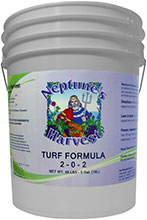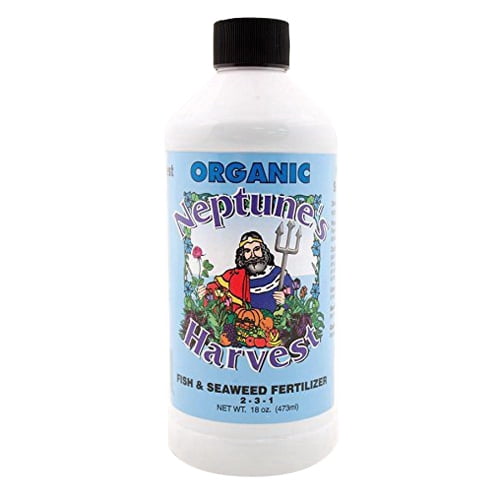

Peppers like even steady moisture-not wet soil conditions. The growing temperature range for peppers is 55–85 degrees, with 75-80 being ideal.

Here in the Mission Valley we put our peppers out about May 21-June 1 as weather permits. Trim off all flowers until June 22, to enable plants to produce more heavily otherwise, plants put all their energy into ripening an early crop and seasonal production is much lower. Mulch your peppers after soil is warm- June or early July, with red plastic or 2” organic straw. These are more effective at lower temperatures than using poly film.

Insulating row covers (protection blankets) are very useful to extend our season for about 3-4 weeks. Worm castings will increase nitrogen levels in your soil and silica will strengthen stems. This type of fertilizer is very low in salts, an important feature. A foliar spray of liquid organic fertilizer, such as Neptune’s Harvest Fish fertilizer will greatly increase the size and productivity of your plants. You will only need to spray garlic three times in a whole season. Follow directions and use garlic sprays very early in the day, so as to not interfere with the activities of bees and other beneficial insects. A preventative spray of Garlic Barrier will deter aphids. Water early in the day only allowing leaves to dry early in the day. Water regularly, keeping them moist, not wet. Protect your plants from cutworms with jugs or cans or paper rings. If not covered, peat pots tend to dry out and a plant cannot pierce the pot with its roots. If they are in peat pots, make sure the peat pots are very damp and plant the peppers deeper, with about 2 inches of soil over the pots, so they will degrade. When you are sure weather has stabilized, plant them out. Gradually give the plants more time outside and brighter light for about a week of time. (If you are at a high elevation, use row covers.) Make sure to harden plants off before planting, by putting them outside for a few hours at a time (in shade). Nights should be 55 degrees or above before planting out into the garden. If you do not have lights, put the plants in a warm spot in a south window as soon as they sprout. Pepper seeds do not need light to germinate, but lights over the plants will promote sturdy growth and prevent spindly, “leggy” growth. A solid flat with a dome cover will keep the seeds moist until they sprout. Peat pots are great for starting seeds as they can be planted right into the ground when plants are large enough. A mix of peat, vermiculite and perlite makes a great seed starting mix, as it is sterile (no soil-borne diseases). Here, we usually start our plants in February.

The germ time for sweet peppers is 7-14 days for hot peppers, 14-28 days. Seeds of both types will germinate between 60-95 degrees, but 80-85 degrees is ideal. Hot peppers take longer to germinate than sweet peppers. Organically enriched soil and the use of organic fertilizers will also speed up growth. The warm conditions promote faster growth. Row covers, hot caps, even cardboard boxes will collect heat from the soil and release it during the night. So, we time our planting for after the last frost (usually around May 15 here at 3,000 feet altitude) and find it beneficial to cover our plants for the night until temperatures warm. In our mountainous area, with a short growing season and cool nights, peppers benefit from protection from cold early and late in the season. Peppers (Capsicum annuum) prefer warm days and nights to grow and produce well.
#Neptunes harvest hot pepper wax how to
I will discuss some pointers on how to start and grow your plants organically and I will include some information on the many varieties available today. Years ago, people grew more sweet peppers than hot, but now hot peppers are very popular here in the northern Rocky Mountain and plains region. Peppers are one of the garden crops that must be started inside and transplanted out to the garden later, when weather has warmed. GROWING SWEET AND HOT PEPPERS ORGANICALLY


 0 kommentar(er)
0 kommentar(er)
